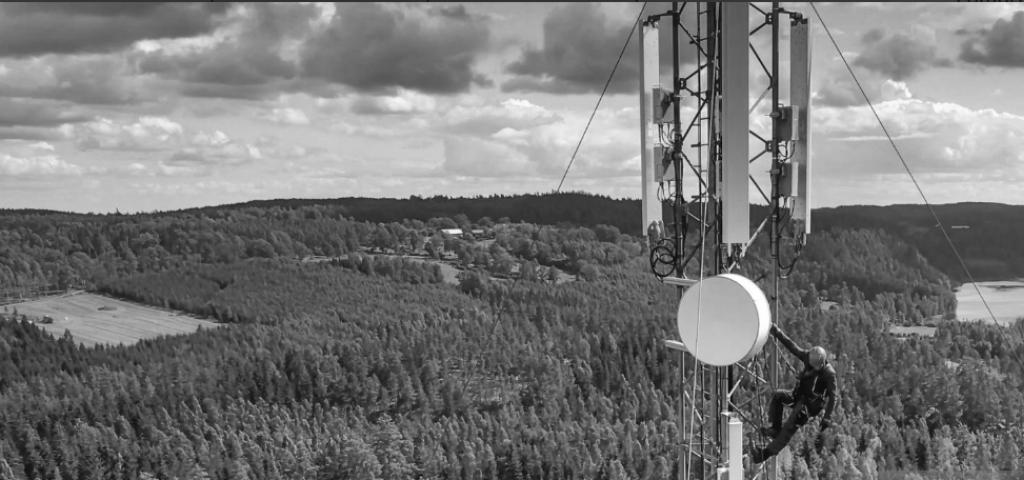
Building the Future Connected Industry: Part 3
By Nermin Mohamed, Head of Telecommunication Solutions, Wind River
In part 1 of this blog series, we looked at how 5G and private networks can help transform the commercial industry of today to the connected industry of the future. In part 2, we discussed how using 5G with the intelligent edge and distributed cloud can connect industry in new ways. In this final part, we take a deep dive into the challenges that Communication Service Providers (CSPs) are facing as they move towards connected industry and how automation and orchestration play a key role in addressing these.
Important considerations for the distributed edge
The power and flexibility of 5G is key to providing the technology infrastructure for connected industry. While the changes are evolutionary in nature—4G to 5G and bespoke networks to component-based networks—the rate of change may actually feel more revolutionary to those involved. The flexibility of the disaggregated model and distributed computing introduce a completely different level of complexity for CSPs to handle. Those operators are looking for ways to efficiently deploy, operate, and maintain a network across tens of thousands of compute nodes within a single infrastructure and then scale that to thousands of distributed sites.
Deploying a distributed edge cloud with multiple vendors providing components is one challenge. Managing that cloud’s performance with monitoring and analytics will be an ongoing requirement for operators to consider. Imagine a 5G deployment as a huge geo-distributed cloud of more than ten thousand sites, generating massive amounts of data every minute of every day. Only a big data and machine learning engine can manage that data to perform key network management functions, such as predictive analysis, outage avoidance, self-healing, and future planning. Technology and solutions must evolve to meet these new use cases.
Concerns about disaggregated vRAN
Wind River recently partnered with Heavy Reading to survey CSPs about their concerns in deploying a distributed edge cloud for vRAN. The top three concerns from operators were:
• Systems integration, testing, and verification (58%)
• Multi-vendor operation complexity (46%),
• Edge cloud server performance (36%)
Notably, just as is the case for the distributed edge, real-time insights with operational intelligence will play a key role for service operations to navigate these top concerns. Also uncovered from the research, 59% of operators considered deterministic low-latency performance as a major advantage of vendor-integrated RAN over disaggregated vRAN. In addition, respondents were clear that analytics and monitoring of the edge cloud infrastructure would be critical in day-to-day operations, with 56% citing security as their main concern (56%), followed closely by performance (44%). If operators and their industry partners are to leverage the advantages of the disaggregated vRAN solution, they will need solutions that addresses these concerns.
Challenges facing operators
In our work with distributed edge clouds, Wind River has identified several key challenges facing operators.
1. Support for distributed cloud-native infrastructure. To build distributed edge cloud, you need the latest technology that offers real-time connectivity, low latency, accelerator support, and operational ease of use. And, of course, it must fully support the disaggregated model, including 5G/vRAN, Industry 4.9, AR/VR, MEC, and Enterprise Edge.
2. Highly-scalable VM support. Operators need help with complex components—from VM and TOSCA support to integration with NFVO/VNFM ETSI architectures. Add in the transition to container technologies and operators are looking for scalable and efficient technology to get the job done.
3. Day 2 operations support. Massive, geo-distributed edge clouds can produce terabytes of operational data, making human oversight an impossible job. Operators need help in the form of big data analytics, AI, and machine learning.
4. Hybrid cloud and scale management. Operators need to deal with multi-system public/private deployments, lifecycle management, and service creation.
Wind River Studio: automation and orchestration
Wind River Studio is the only package that delivers a single environment for mission-critical intelligent systems across the full product lifecycle. It supports operators with flexible and efficient deployment, management, and operations of intelligent 5G distributed edge clouds through single pane-of-glass integration.
The newest element in Wind River Studio is orchestration, which understands and manages all instances of a geo-distributed cloud. It can also extend to cover public cloud infrastructure, other OpenStack or Kubernetes stacks, or public clouds such as Amazon AWS and Google. We can now create a service composition that covers virtual machines and containers across multiple infrastructures and across private and public clouds. This provides operators with a high level of control and automation, managed by a single orchestration tool through a single pane-of-glass.
Wind River: come partner with us
A fully connected, intelligent world is fast approaching. Global digitization is accelerating as new technologies like 5G, AI, cloud, and computing converge with industry applications. This will make the intelligent edge a cornerstone for economic development of the connected industry. Those of us in technology, and specifically those of us in telecommunications, have not only the ability but also the responsibility to support the connected industry by advancing the ways we deliver new technologies.
Our proven expertise in both industrial and telecom industries combined with the Wind River Studio portfolio of services makes Wind River your partner-of-choice for deploying the most advanced 5G wireless solutions right now. Let’s work together to unleash the power of 5G, create an upward business spiral, and successfully build the connected industry

